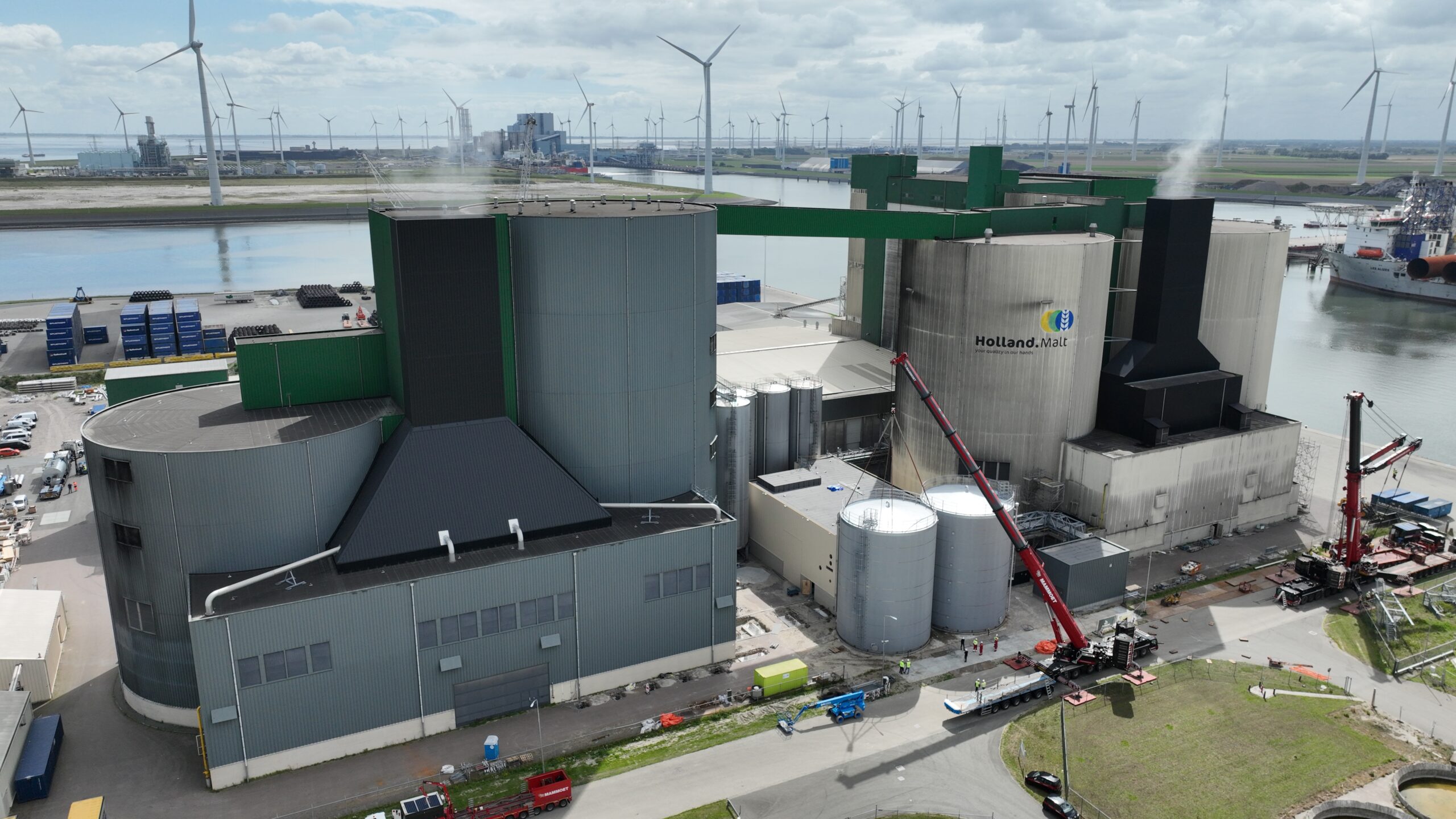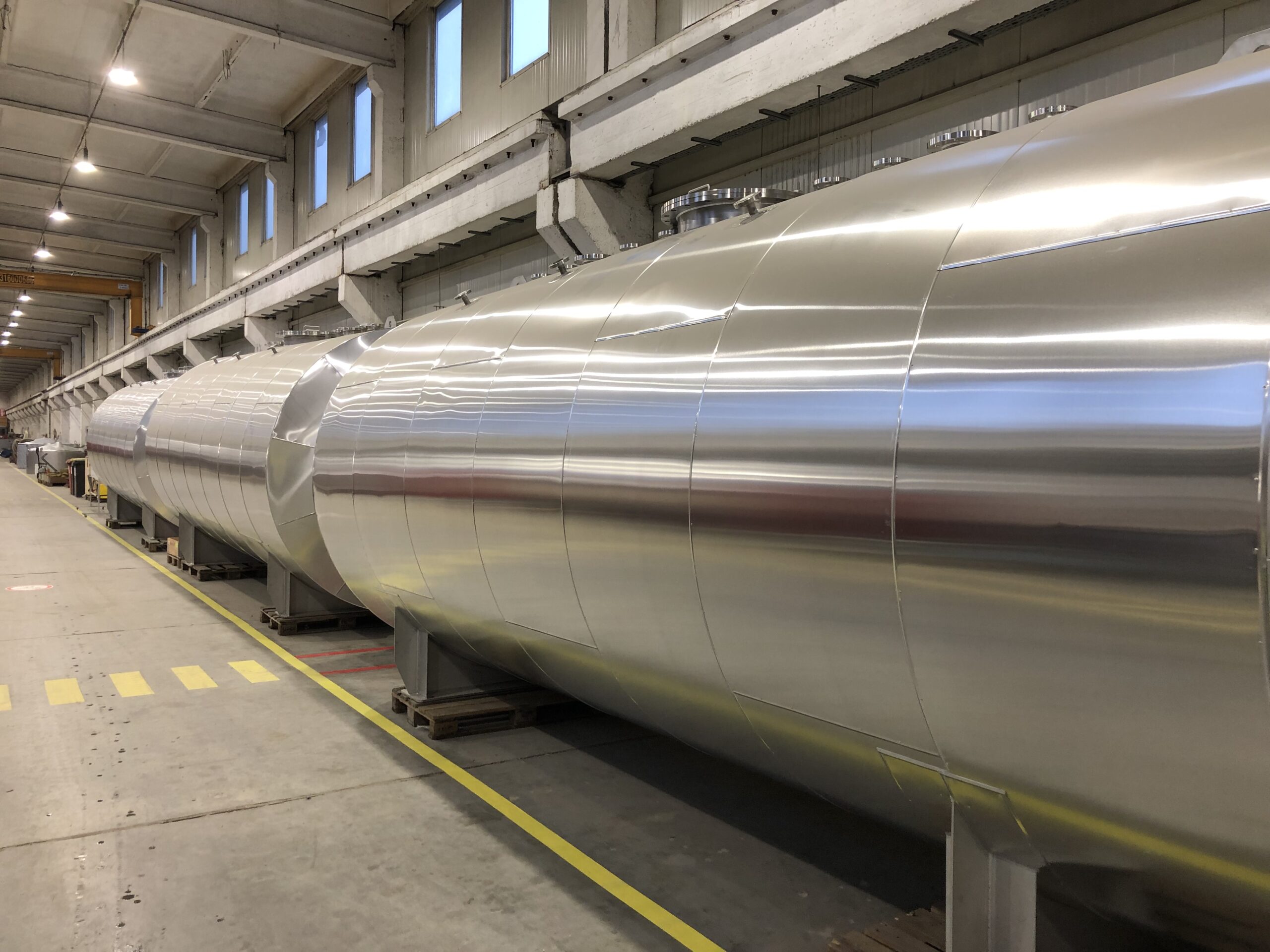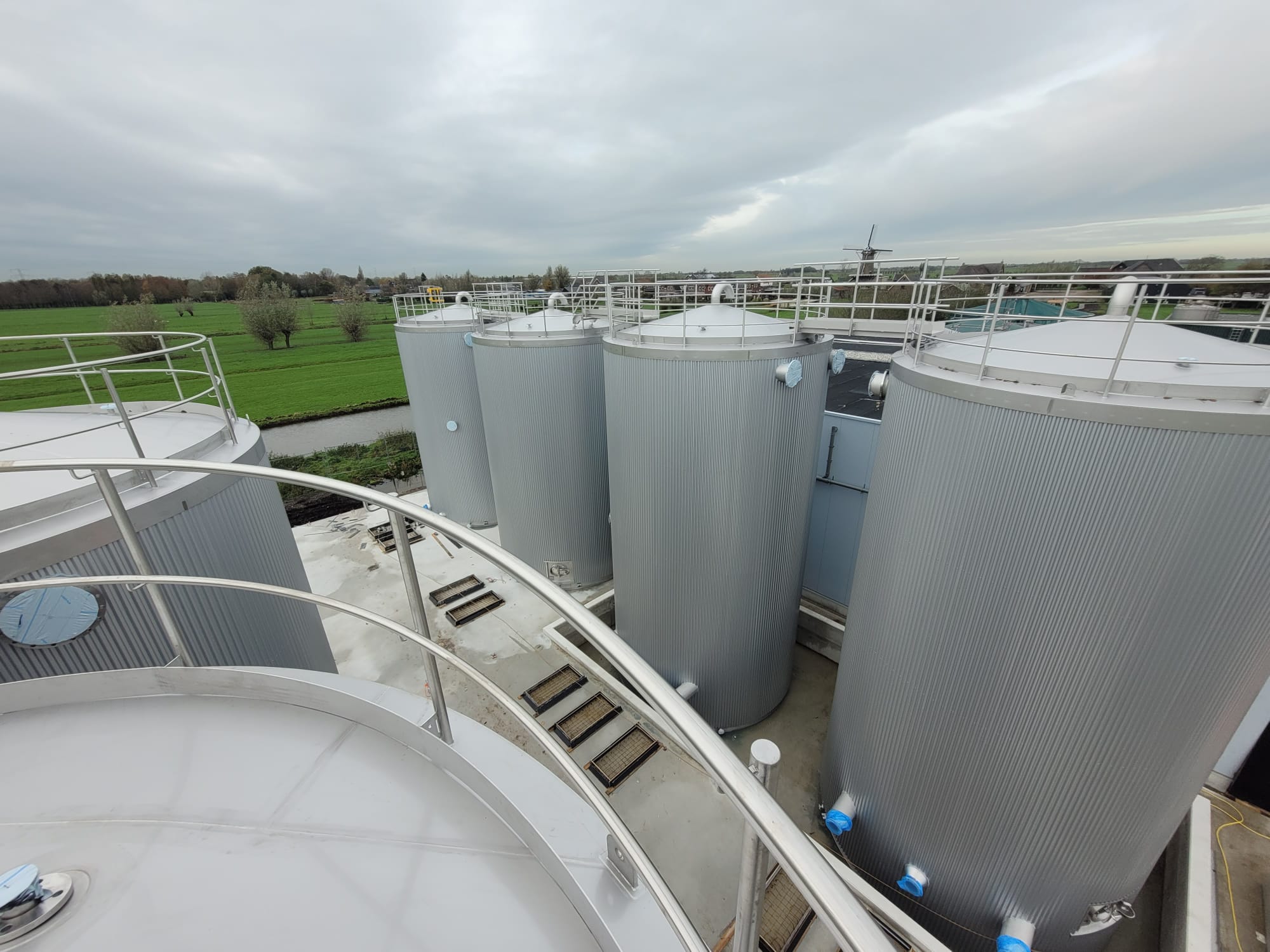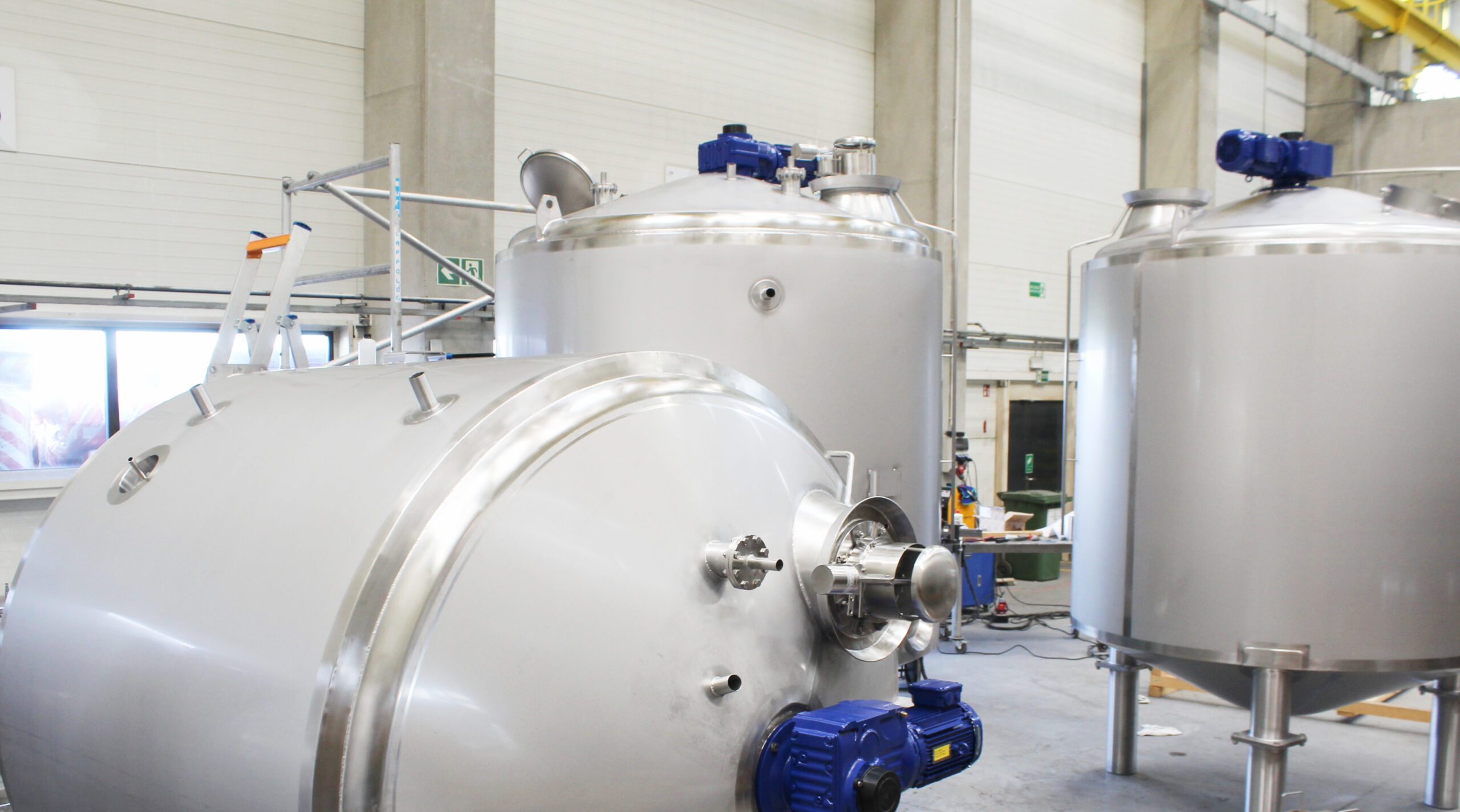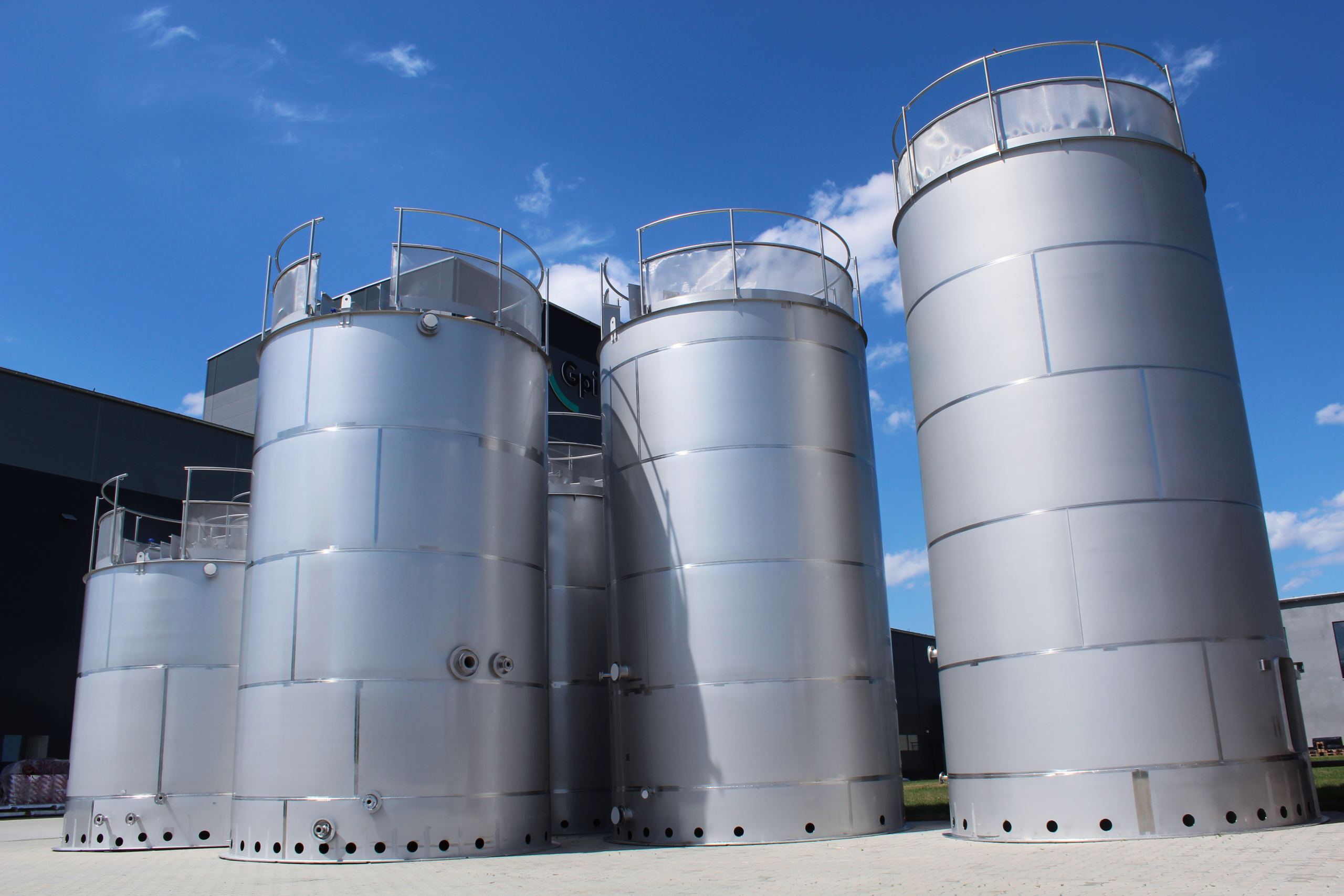How do I calculate the wall thickness of a pressure vessel?
Have you ever wondered what the wall thickness of a pressure vessel depends on and how we calculate the values for individual applications? You will find the answer in this text by Wiktor Czerep, our expert in calculations, who explains this issue outlines the tools he uses at Gpi.
How do I calculate the wall thickness of a pressure vessel?
Designing tanks and reactors for the chemical industry is an extremely complex task and is often associated with very unusual, job-specific requirements and so in this article we will explain the most important challenges that engineers in this field are facing and will present general methods for calculating the wall thickness of a pressure vessel.
It will not, of course, be a detailed design manual on which a concrete implementation could be based. Instead, it will give an overview of the issue and provide a good starting point for those interested in exploring the subject further.
Due to the very high stresses in a tank of this type, resulting from above-average pressure and sometimes even the need to withstand vacuum, these products must meet extremely stringent standards. It is not even the effectiveness of the equipment based on these components that depends on their quality and precision of manufacture, but the safety of the employees of a given enterprise.
An engineer designing tanks must take into account all factors which influence the reliability of their operation. Apart from pressure itself, these may include aspects such as contact with abrasive or highly corrosive chemicals, as well as extreme, dynamically changing temperatures.
The most serious consequence of oversights during the design stage can be a significantly increased risk of the resulting structure exploding. One of the key factors to prevent this is precisely the precise calculation of the minimum wall thickness in a pressure vessel. The following are therefore the most basic schemes according to which it is possible to achieve this value.

Calculation of the wall thickness of a pressure vessel
When determining the wall thickness of tank components, as with any other design issue, various variables must be taken into account. The product, declared by the customer, is always the starting point for the entire calculation. Pressure vessels, which due to their intended use can be a potential source of danger, are covered by a number of regulations depending on the country concerned.
In the case of EU countries, the PED is commonly used, in the US it is ASME BPVC, etc. The calculation methodology is linked to a specific standard, hence the dedicated knowledge and experience of the designer is important.
The calculation takes into account variables such as; material, pressure and design temperature and equally important is the density and the physical and chemical properties of the product..
Often we take into account the allowance of material for corrosion, for loss of material resulting from friction of the product against the wall of the tank, or to ensure adequate strength of the structure in case of explosion of bulk materials. It is also important to remember that a tank is not a “suspended structure” and is usually an integral part of very large industrial installations. What else do we take into account? Stub loads, mounted agitators, service platforms and the location of the tank.
Tanks located outdoors are subjected to strong wind gusts and even seismic shocks, which have a great impact on the required thicknesses, especially at the structural support points. Sometimes the very nature of the process occurring in the tank requires additional fatigue analysis, which determines the wall sections. Also important are issues such as; the form of prefabrication, the degree of as-built inspection and the choice of welding method.
Wall thickness of spherical tank
Both spherical and semispherical shapes are included in virtually every design standard. Due to the nature of the stress distribution in the shell, we can say that they have the most convenient shape, which makes it possible to use smaller cross-sections of elements while maintaining adequate strength.
For this reason, the spherical shape of tanks is mainly used in the storage of gas under high pressure.
“In my experience, mainly basket bottoms according to DIN28011 and DIN28013 are widespread in Europe. As with any engineering issue, there are many factors that influence the choice of the shape of the bottom. The main ones are durability, process requirements and budget.”
Wiktor Czerep
Special Engineer
Gpi

Gpi’s pressure vessels
What sets Gpi apart is above all its flexibility and extensive experience in pressure vessel design. The possibilities are great, as the engineers work according to many (not only European) standards. The designers make the relevant calculations and propose the best solution in accordance with the customer’s specifications and needs. We draw up a schedule of tests and inspections and discuss all details with the customer on an ongoing basis.
The norms and standards according to which pressure vessels are designed at Gpi are:
- EN 13445
- PED 2014/68/EU
- ASME VIII-1
- AD 2000-Merblatt

Find out more about our tanks for the chemical industry.
Our experts are open to questions and happy to advise you. Please leave your contact details and we will get back to you as soon as possible.




